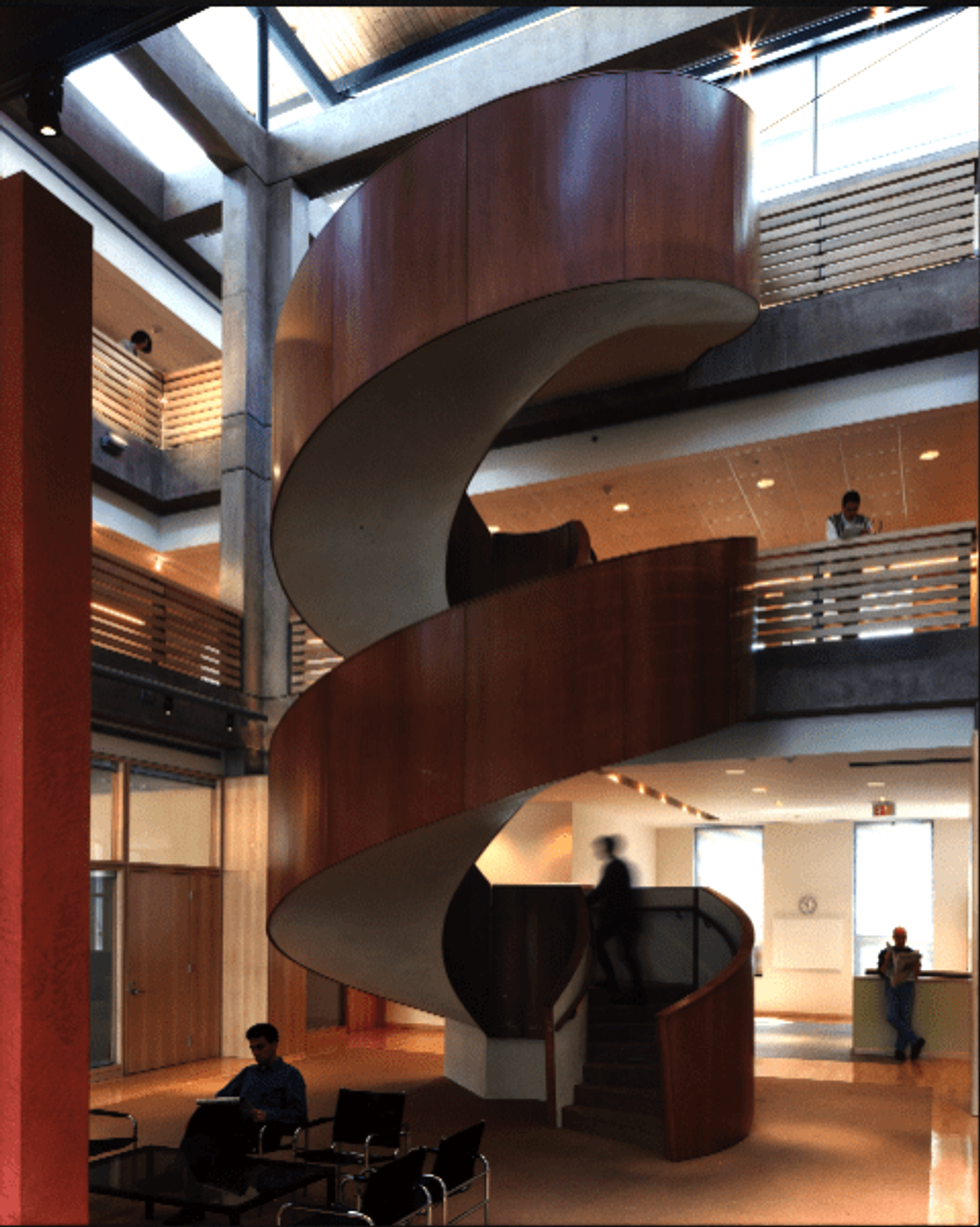Despite predictions to the contrary, downtown will soon be back bigger, and if we’re smart, better than ever.
Now that Ontario Premier Doug Ford has finished punishing us for thumbing our collective nose at his COVID fiasco, towns and cities across the province are set to re-open with a vengeance. And although much ink has been spilled over whether they can recover from the prolonged shutdown, there’s little doubt that, if anything, our love affair with urbanity will pick up right where it left off, more ardent than ever.
COVID, we are discovering, is not so much a disruptor as an accelerator. Indeed, North America’s return to the city, which began in the 1970s and ‘80s, will continue apace.
Exhibit A is the cost of housing; against expectations, Toronto real estate prices rose 21.6% between March 2020 to March 2021, the first full year of the pandemic. Yes, so too did the value of suburban housing. The force that drives the move to suburbia -- namely the search for affordable family housing -- still prevails. On top of that, the switch to working at home has justified the desire for a place of one’s own regardless of location.
But let’s be honest; talk about a permanent switch to remote work is largely media blather. More likely is a greater mix of working at the office and home. Interestingly, the resounding success of Iceland’s recent experiment with a four-day workweek could also contribute to a more relaxed attitude to the workplace. Unexpectedly, the project revealed that a decrease in working hours led to a rise in productivity. Still, as much as the notion of the moveable “office” has gained acceptance, the fact remains that there’s much to be said for the workplace.
For many sectors, including media, education, corporate and tech, the benefits of shared space are considerable. In work that relies on collaboration, Zoom is a poor substitute for face-to-face interaction. Anyone who has spent time in the “creative” industries knows well that the best ideas often come from the sort of unplanned encounters that occur not in boardrooms but lounges, hallways, cafeterias, and even stairwells. That’s why contemporary architects have focused on designing spaces that facilitate those casual one-on-ones that can lead to creativity and innovation.
A good example is the University of Toronto’s Fields Institute for Research in Mathematical Sciences. When it opened in 1995, it included an open area on the ground floor with a two-sided fireplace and lots of places to congregate and chat with fellow scholars. In anticipation of a eureka moment, there’s also a blackboard in the elevator -- just in case. At the McEwen Graduate Study and Research Building at York University, bannisters have been flattened and widened to accommodate coffee mugs and thus foster informal gatherings amongst staff and students. In this and many academic buildings, stairwells are designed to double as seating areas and occasional amphitheatres.

At the same time, the portability of work is another trend that emerged long before COVID. Corporate blue-chippers from KPMG to PWC have done away with the idea of one employee/one workstation for a more fluid approach. When staffers need to be in the office they book a desk; otherwise they’re on the road or at home.
The pandemic has brought these changes to the attention of mainstream media and in turn the larger public.
Most important, however, has been COVID's ability to rekindle residents’ desire to inhabit the city more fully. With streets and sidewalks turned over to cafes and restaurants, pedestrian and cyclists, the balance is shifting from vehicular traffic to people. Like most North American cities, Toronto was handed over to cars and trucks a century ago. Altering such long-standing habits is slow at the best of times. Ironically, in the worst of times -- COVID -- the process moves much faster. Though the impetus sprang from the needs of business rather than any deliberate intention to make the city more liveable, it has had that effect.
By now, after a 16-month lockdown, the lessons of our new urban reality have opened eyes and raised expectations. Failure to implement permanently the changes wrought by the pandemic would spell disaster. There can be no return to the way we were. We know better now. Those days are well and truly gone. Which is not to say municipal and provincial politicians and bureaucrats, true to their retrograde fear of change, won’t try to turn back the clock. They will.
We have put up with COVID hardships because we are told they will eventually come to an end. With that ending just days or weeks away, we must not forget that our cities can be transformed. We must ensure we don’t lose the gains that have been made during the pandemic. Normal is no longer enough. We have an unprecedented opportunity to reimagine our city and our lives.
To throw that away would be to squander the chance of a lifetime.
Lead photo via emmathefifth416





















